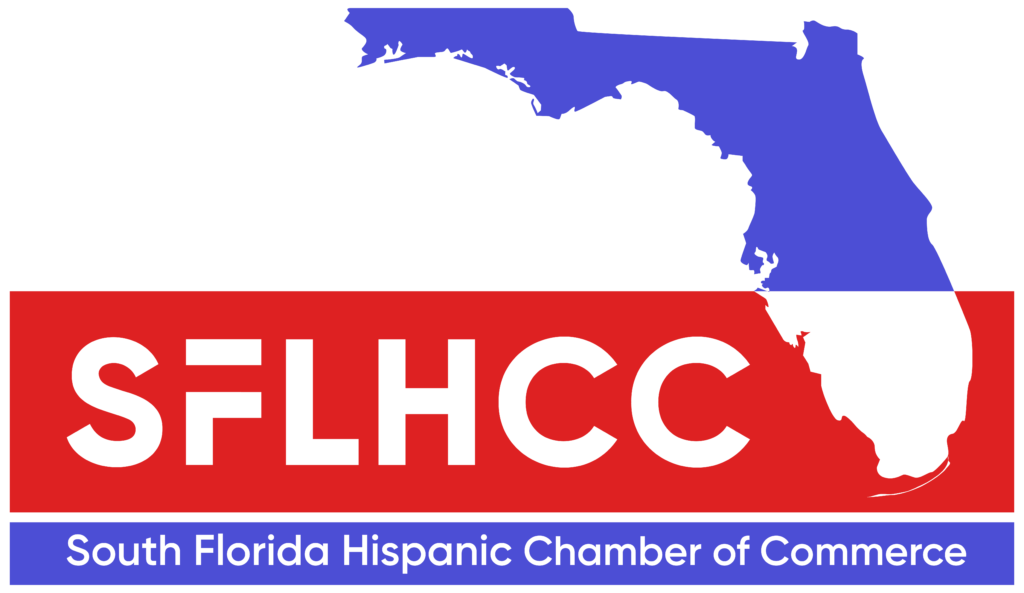The Complete SEO Guide to Ranking Local Business Websites
The Complete SEO Guide to Ranking Local Business Websites October 14, 2025 If you run a local business, you’ve probably asked yourself: “How can I show up when people nearby search for what I do?” or “How come the business around the corner is showing up on Google but my business isn’t?” That’s what local business ranking is all about: being visible to the right people at the right time, right in your area. We’ve helped small businesses do just that. In fact, Blue Care Behavior Therapy, an ABA therapy agency in Florida, saw a noticeable jump in local rankings within just three months after launching their new website with us. It wasn’t luck; it was strategy. What Does It Mean to Rank Locally? When someone searches “dentist near me” or “seo agency california,” Google shows them businesses closest to them. These are called local search results, and they appear based on factors like location, reviews, website relevance, and consistency across online listings. If your business isn’t ranking locally, your customers won’t find you, even if you’re a perfect fit for their needs. The good news is that ranking on any search engine, Google being the most popular, isn’t just for a select few. Your business can start ranking if you start consistently following the next easy steps. Step 1: Optimize Your Google Business Profile Your Google Business Profile (formerly Google My Business) is the single most important piece of your local SEO strategy. Claim it Verify it Fill out every field (address, hours, phone, website, service areas) Add high-quality images Keep it updated The more complete your profile is, the more likely you are to appear in Google’s “map pack” (those top 3 businesses that appear under the map).Tip: Use keywords naturally in your business description, services, and Q&A section. If you’re targeting “seo agency california,” make sure that term shows up in your listing. Step 2: Use Local Keywords That Reflect How People Search Local SEO starts with understanding how your audience is searching. Instead of “therapy services,” or heavily relying on your business name (especially for businesses that are just getting started), target phrases like: “ABA therapy Miami” “behavior therapy for kids in South Florida” “registered behavior technician near me” You can get started with free tools like: Google Keyword Planner Localo: offers a 14-day free trial for tracking local rankings Google Trends: for spotting local keyword spikes AlsoAsked: for real questions people ask on search Build location-specific landing pages for each city or neighborhood you serve. Don’t copy-paste. Make each one reflect the local audience. If you copy-paste, your website can be perceived as spammy and might get penalized for duplicate content. Step 3: Keep Your NAP Consistent (Name, Address, Phone) Every time your business is mentioned online, Google takes note. This includes directories like Yelp, YellowPages, Apple Maps, and others. If your name, address, or phone number is slightly different in each listing, it weakens your credibility and hurts your local business ranking. Make a list of all the platforms your business appears on Update every listing to match your website and Google profile Don’t forget niche directories relevant to your industry Step 4: Ask for Reviews (Often!) Online reviews are one of the top factors influencing local SEO rankings. Not just the number of reviews, but also their quality, frequency, and relevance. As an agency, this is how we help small businesses with this step: Sent email and SMS follow-ups asking for reviews Shared a direct review link via their Google profile Responded to all reviews with thoughtful replies Encourage customers to use local keywords in their reviews, like: “We’ve been using Blue Care in Broward County for our son’s therapy, and the team is amazing.” Step 5: Add Local Structured Data to Your Website Structured data (also known as schema markup) tells Google exactly what your website is about. For local businesses, this can include: Business name Address Phone Business hours Services Service area Use Google’s Structured Data Markup Helper or Schema.org LocalBusiness templates. If you’re using WordPress, plugins like RankMath or Yoast SEO make this easier. Step 6: Track What’s Working You can’t grow what you can’t measure. In marketing, you always have to measure every single tactic you use. Otherwise, you won’t know where your marketing budget is going. To do so, you can start with these free and effective marketing measurement tools. Google Analytics 4: See how people find and interact with your site Google Search Console: Track your search visibility and local keyword rankings Localo: Monitor how your Google Business Profile is ranking by keyword and location At Fluentica, we used this data to track Blue Care’s growth. Within 90 days, they ranked for over 30 new local keywords, with some landing in the top 3 map pack spots. Ready to Work on Your Local Business Ranking? You don’t need to be a big brand to show up at the top of local search results. But you do need to be strategic. We’ve helped businesses like Blue Care go from invisible to top-of-page within months, without needing a massive budget or complicated tech. Local business ranking is within reach. It starts with consistency, clarity, and the right tools. Let’s build your local presence, step by step. Let’s talk Keeping it Fluent with this Quick Q&A Can I do local SEO myself as a small business owner? Yes, but it takes time. Tools like Localo or Google Business Profile help you get started. But strategy matters too; what you prioritize and how you track results makes the difference. How long does SEO take for a new local website? Typically, local SEO gains traction within 3 to 6 months. However, Google can start indexing changes as soon as 2 weeks. Can I keep my SEO content if I redesign my website? Yes, but only if you properly redirect old URLs and preserve metadata. Otherwise, you could lose ranking power. Will my website or my Google Business Profile help me rank
The Complete SEO Guide to Ranking Local Business Websites Read More »







